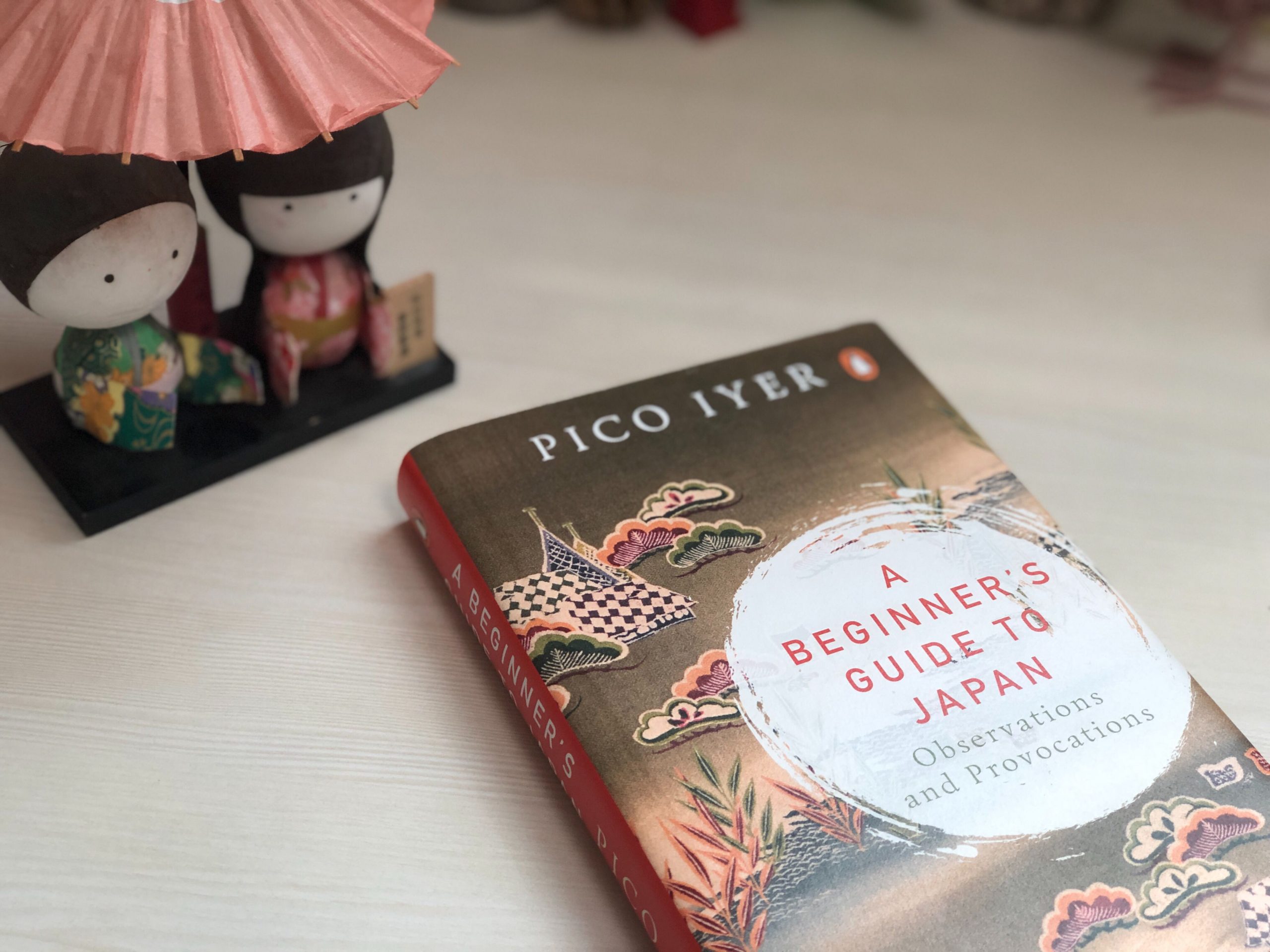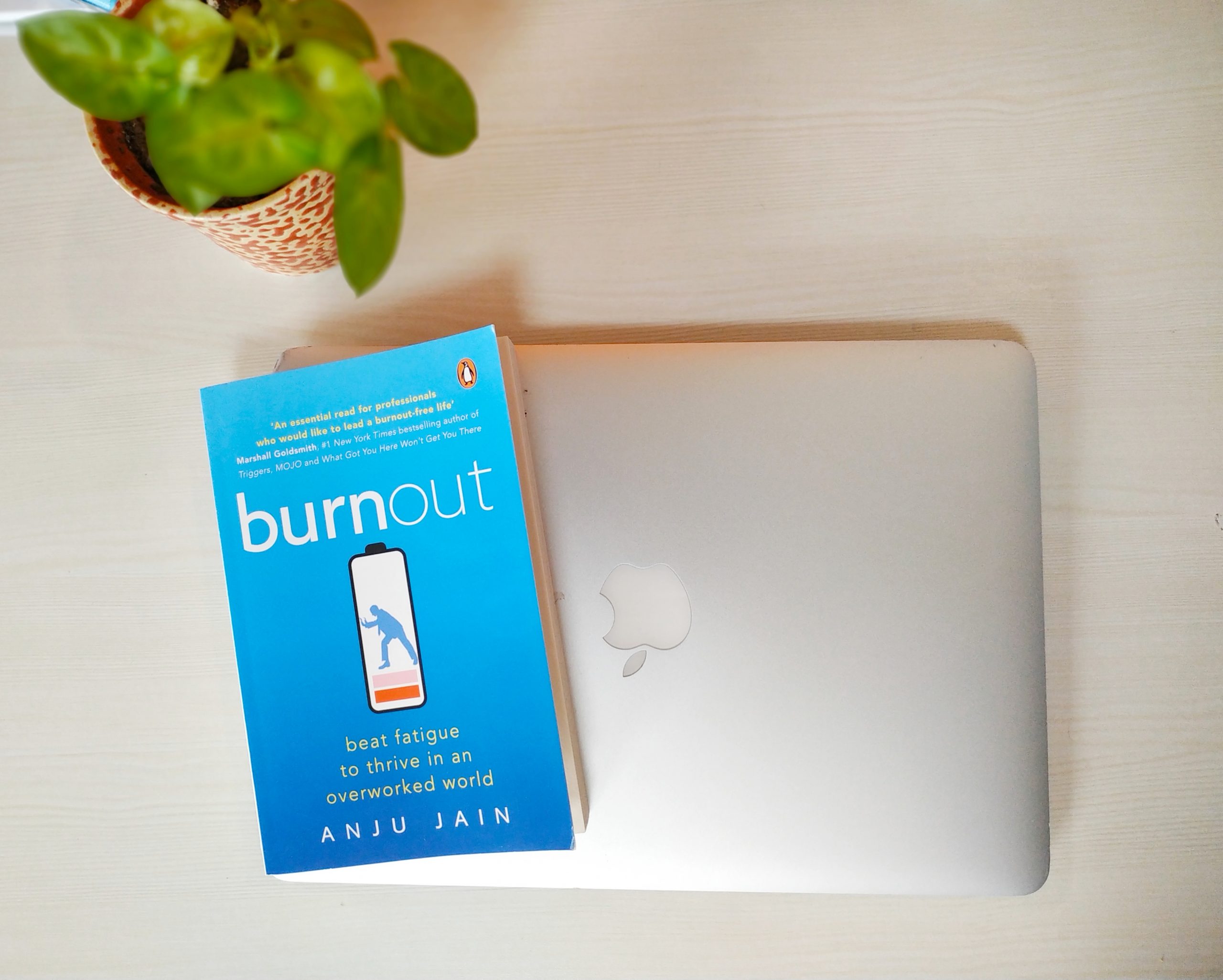In the sumptuously imaginative Quichotte, Salman Rushdie’s uniquely textured characters wade through a tumultuous period in America even as they deal with their own dilemmas. Staggering underneath the weight of a ruptured sense of self, struggling writer Sam DuChamp transfers the burden onto his alter ego, Quichotte. Marvelling at the changing world order, Quichotte, wonders, ‘There were no rules any more. And in the Age of Anything- Can- Happen, well, anything could happen’.
Just as Cervantes wrote Don Quixote to satirise the culture of his time, Rushdie takes the reader on a wild ride through a country on the verge of moral and spiritual collapse. And with the kind of storytelling magic that is the hallmark of his work, the fully realised lives of DuChamp and Quichotte intertwine in a profoundly human quest for love and a wickedly entertaining portrait of an age in which fact is so often indiscernible from fiction.
Lending a sparkle to the absurdly porous world they inhabit, Rushdie’s characters helplessly collide with the real and imaginary to create bewilderingly humorous moments. Here are 4 such instances:
In a hyperbolic leap, Quichotte, feeling the full effects of fatherly love, lays it on a bit thick only to have the unimpressed Sancho prick his flamboyant bubble.
‘Sancho,’ Quichotte cried, full of a happiness he didn’t know how to express. ‘My silly little Sancho, my big tall Sancho, my son, my sidekick, my squire! Hutch to my Starsky, Spock to my Kirk, Scully to my Mulder, BJ to my Hawkeye, Robin to my Batman! Peele to my Key, Stimpy to my Ren, Niles to my Frasier, Arya to my Hound! Peggy to my Don, Jesse to my Walter, Tubbs to my Crockett, I love you! O my warrior Sancho sent by Perseus to help me slay my Medusas and win my Salma’s heart, here you are at last.’
‘Cut it out, “Dad”,’ the imaginary young man rejoined. ‘What’s in all this for me?’
Sancho struggles to make sense of his baffling encounter with an insect that not only speaks English but also flaunts its Italian accent.
‘Grillo Parlante at your service,’ said the cricket. ‘It’s true, I’m Italian originally. But you can call me Jiminy if you want.’
‘This isn’t really happening,’ (Sancho) said.
‘That is correct,’ said the cricket. ‘È proprio vero. I’m a projection of your brain, just in the way that you started out as a projection of his. It seems you may be getting an insula.’
‘A what?’
Transitioning from a phantasmagorical desire into an assertive teenager, Sancho alerts his father to his recently acquired physicality –
‘You’ll have to get me everything. I can’t wear the same thing every day, can I. So, shirts, pants, underpants, socks, sneakers, boots, hoodie, coat, hat. Plus, I’ll need to eat regularly from now on, so we’ll need to get extra food. Also, when we get away from here I’ll need a room of my own, to get away from that steam hammer in your nose.’
At the Lake Capote Campsite, a bemused Sancho watches Quichotte huddled over a map trying to chart out their journey to reach his beloved. An Osprey flying overhead delivers its load onto the map and to this, Quichotte joyously exclaims –
‘This is it!’ he cried.
‘This is what?’ (Sancho asked.)
‘The sign. The hunter has guided us, and the hunt is on! We must go immediately where we have been told to go.’
‘This is the sign?’ Sancho demanded with some indignation. ‘My transformation from a figment into a flesh- and- blood person, that’s not the sign? Birdshit is the sign?’
Quichotte is a rollercoaster that’s bound to leave buoyant with delight. Read the book for more of Salman Rushdie’s magic!
















